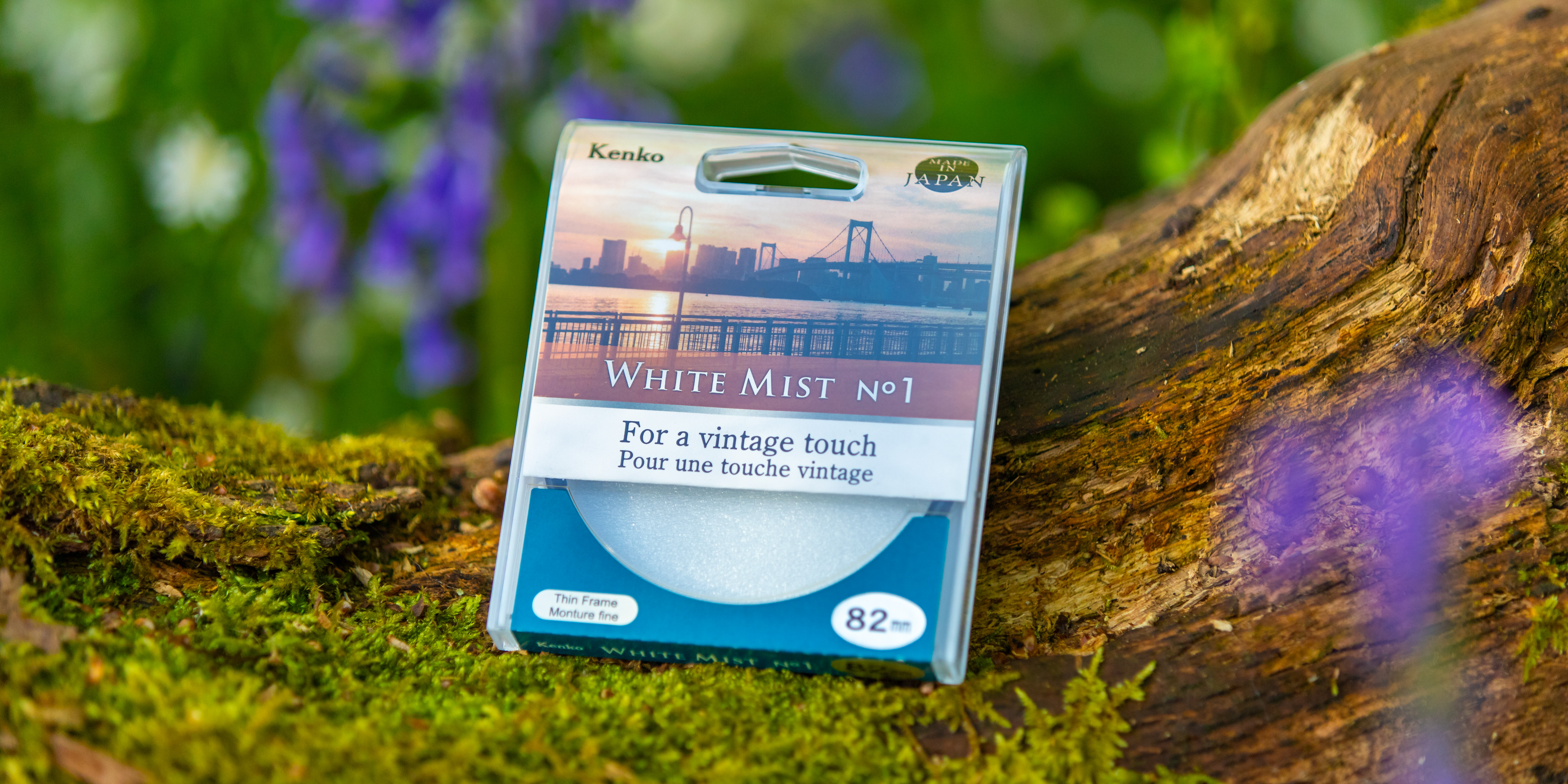
In a world where we seem to be constantly marching closer towards ever-increasing clarity from sharper lenses and higher megapixel counts, it’s refreshing to see a product like Kenko's White Mist No.1 which diffuses and softens images, embracing haze and flare, playing on the nostalgic film look from a bygone era. Released in April 2023, it's the follow-up to Kenko's Black Mist No.1 and No.05 filter which both debuted in 2021 and have been well-received since.
As the name implies, Kenko’s new White Mist No.1 filter has been designed with diffusing powder melted into the glass to boost flare and bolster the appearance of a white hazy mist in your shots. Kenko claims that its filter reduces contrast for soft and pale tones to help give images a vintage aesthetic, with more gentle contrast under normal lighting conditions, and boosting flare in backlit environments for a more cinematic look. It’s also useful for reducing harsh lighting in portraits too, where a softer and more gentle light could be more flattering.
In this review, we got hold of the largest 82mm version and attached it to our Canon EF 16-35mm f/2.8L II USM lens on our test Canon EOS 6D Mark II to see if it’s worthy of a spot in your kit bag.
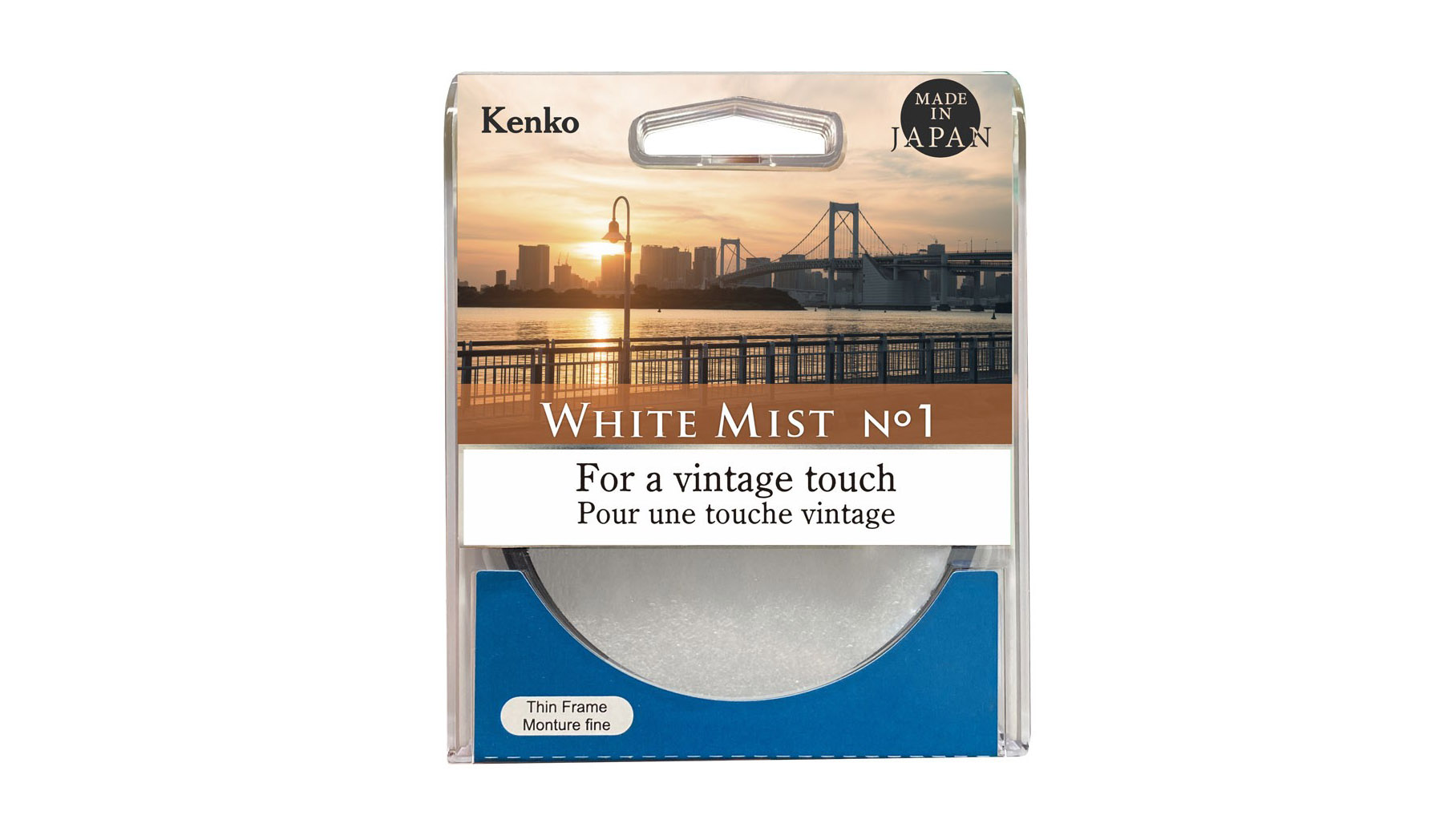
Specifications
Build & Handling
Like its Black Mist No.1 and No.05 siblings, the White Mist No.1 has been manufactured in Japan and has the exact same premium quality we've come to expect from Kenko filters.
It features Kenko's optical glass with AR and water-repellent coatings and comes in a clear UV-cut hard case to keep it protected when not in use.
The White Mist No.1 comes in the same range of filter thread options ranging from the smallest 49mm all the way up to the largest 82mm version, the latter was the iteration that we got hold of to test on our Canon EF 16-35mm f/2.8L II USM lens.
It's not one of Kenko's slimline filters, so it measures 6mm in depth and sticks out 4mm from your lens as 2mm is taken up by the male filter thread attachment. We didn't notice any significant vignetting in our test shots, though the filter boasts a female front filter thread allowing others to be stacked. However, we'd expect to see vignetting become more apparent at those wider focal lengths and this could make it a problem when pairing it with a neutral density filter for example.
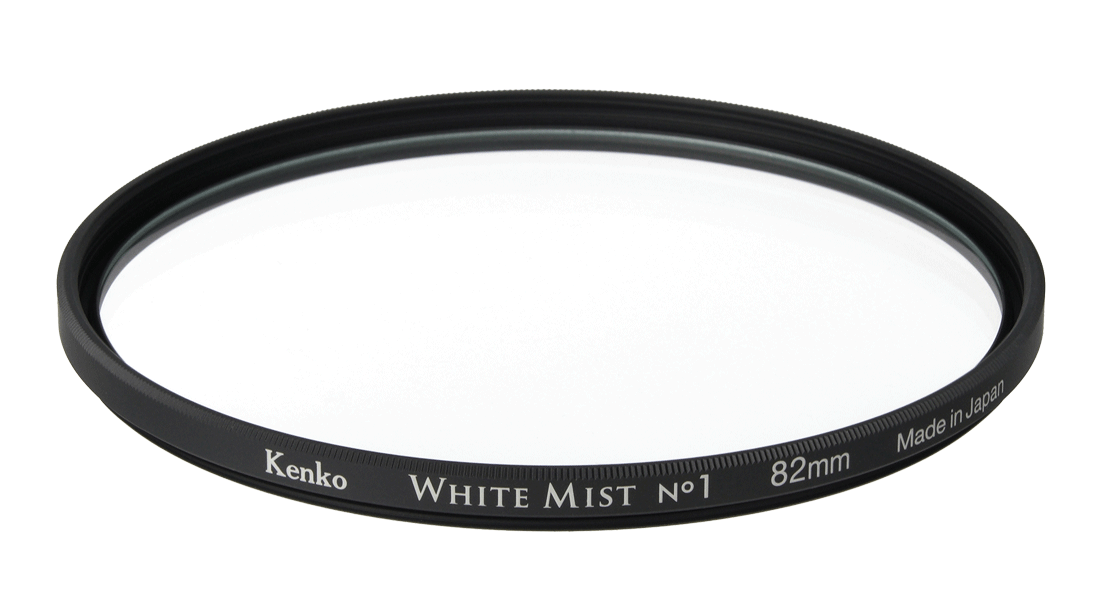
Performance
You might think it's a moot point to test a soft effect filter for image quality. But, while the Kenko White Mist No.1 features melted particles inside of the glass to diffuse the light, we don't however want to see adverse image quality defects creeping in, such as vignetting: where corners appear darker, or chromatic aberration (also called fringing): where lines of high contrast can take on an unsightly green or purple color cast.
We're happy to report that in our testing we couldn't see any signs of vignetting, even when shooting at our widest focal length of 16mm. Nor could we see any signs of chromatic aberration. Our Canon EF 16-35mm f/2.8L II USM test lens does suffer from a little fringing naturally, but we couldn't see the filter amplify this, so it scores top marks for image quality.

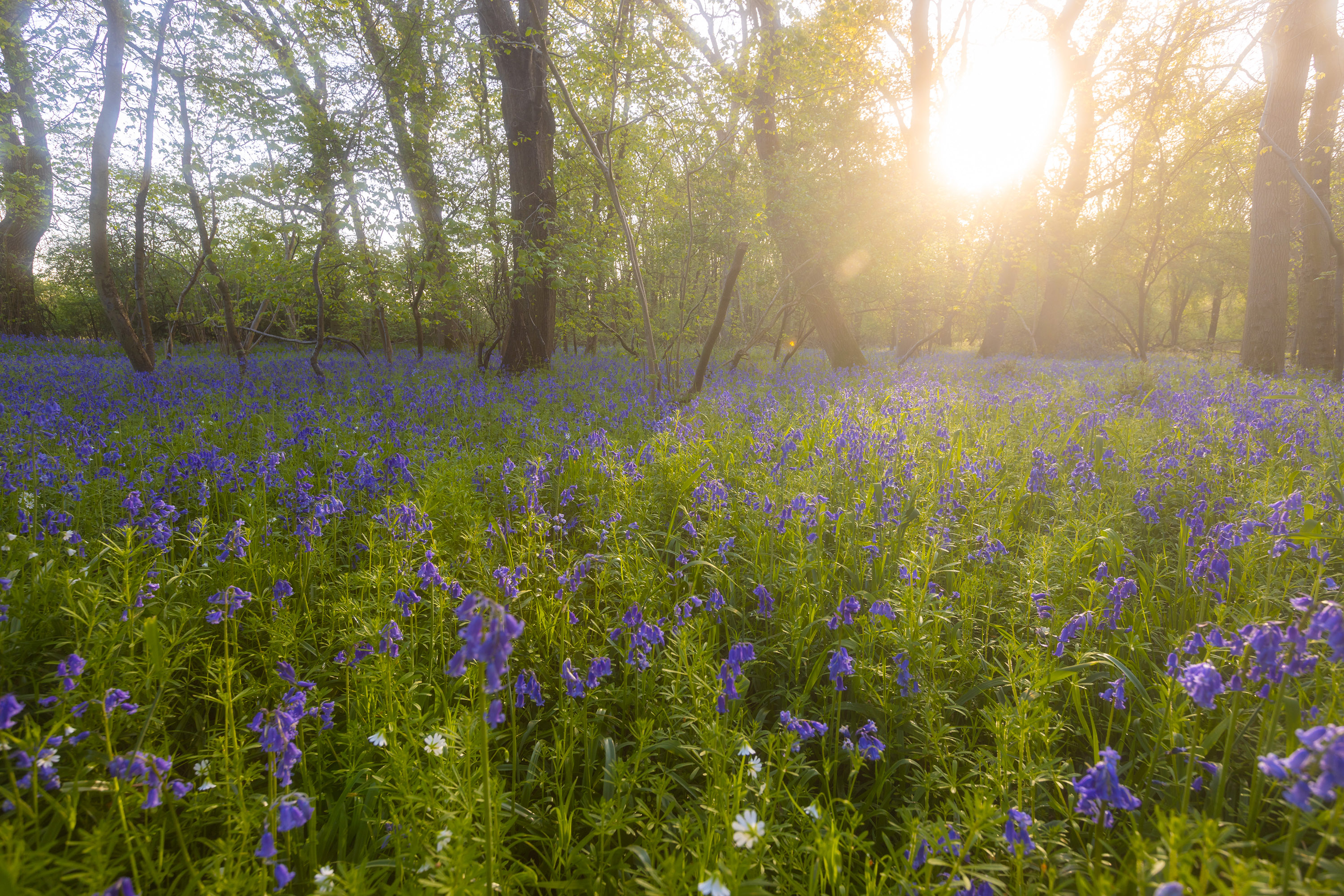
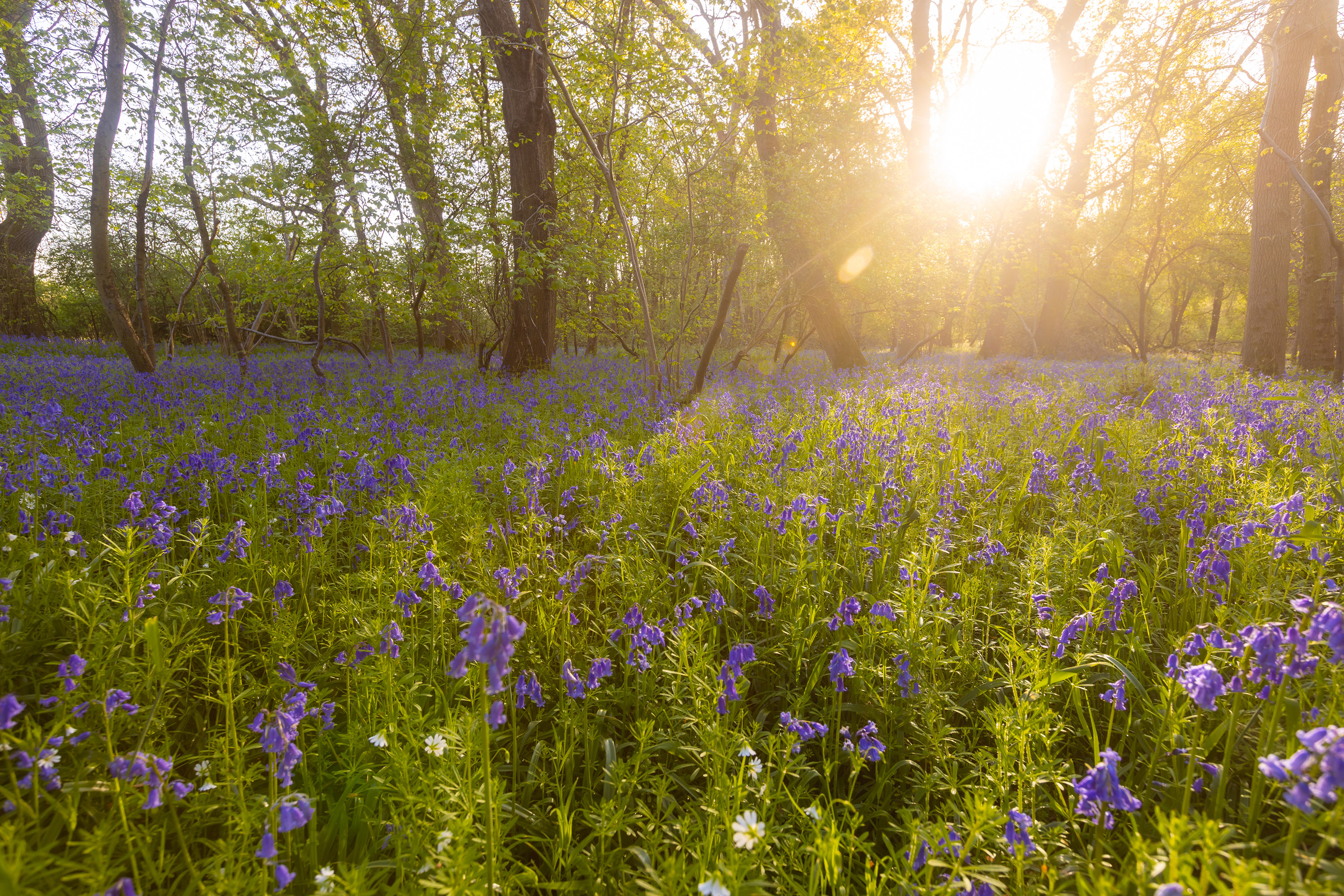
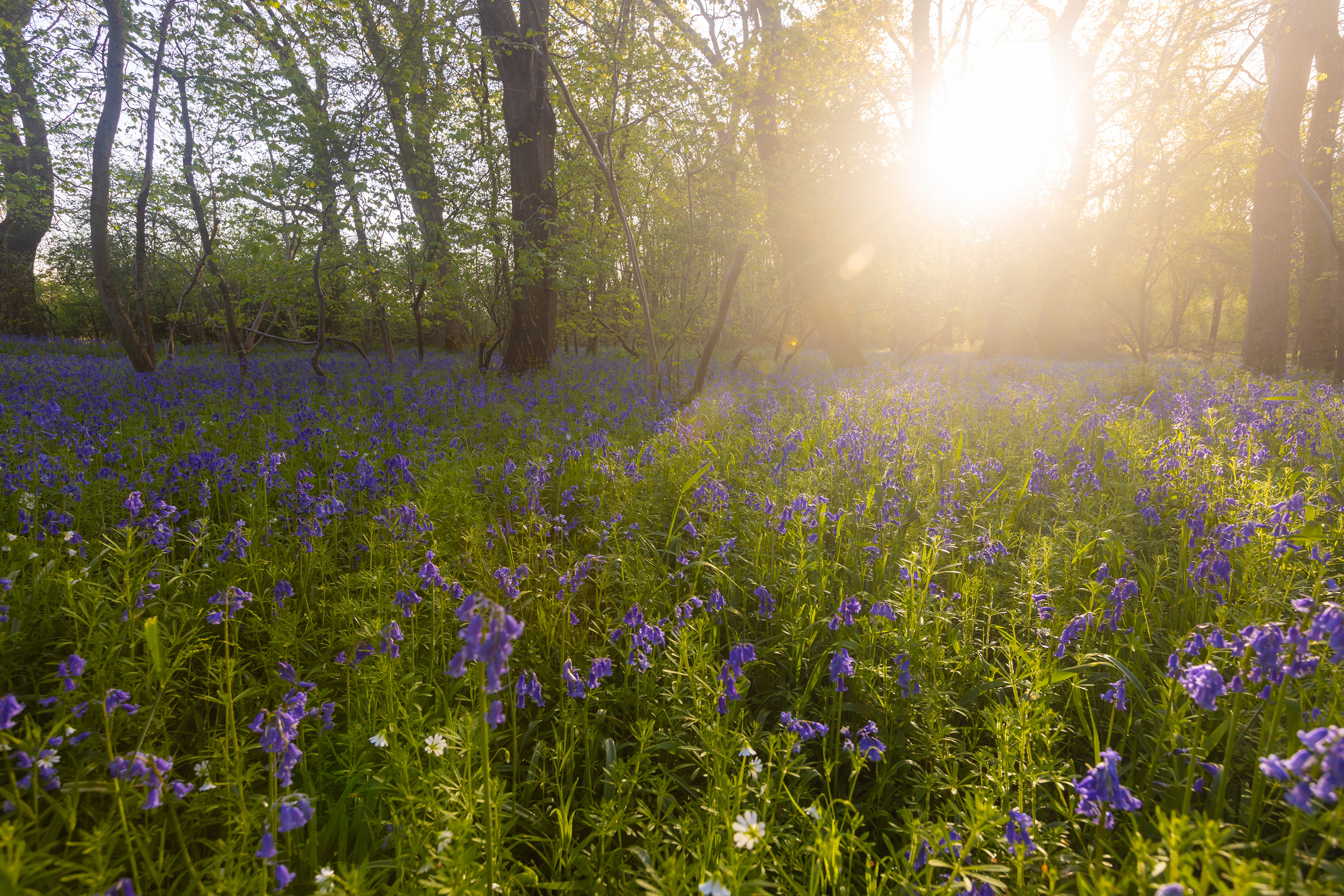
The filter gets its White Mist name because it makes tones appear a little paler and more washed out with more of a bleed between tones for a vintage hazy look that mimics the appearance of flare you might get on an old film lens. In backlit conditions, the filter creates a more diffused effect and is more noticeable.
The difference between our test shots with the White Mist No.1 attached and shooting without a filter is clear to see, though comparing it to Kenko's Black Mist No.1 and No.05 filters it's much more subtle. Look closely at the colors in our sunrise test shots and you'll see they're warmer and more saturated in the Black Mist photos compared to the White Mist which is very similar, though is more desaturated and washed out.
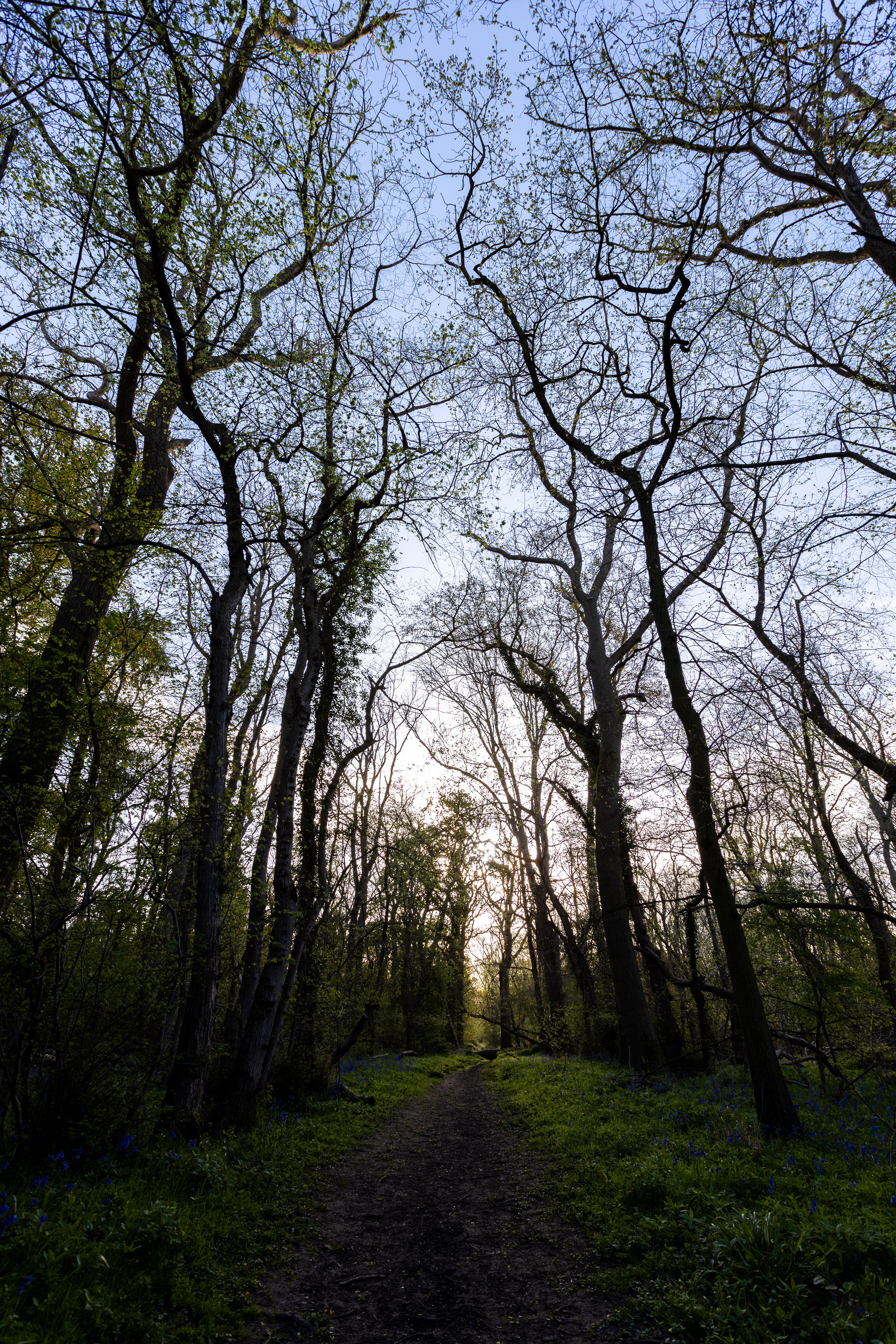
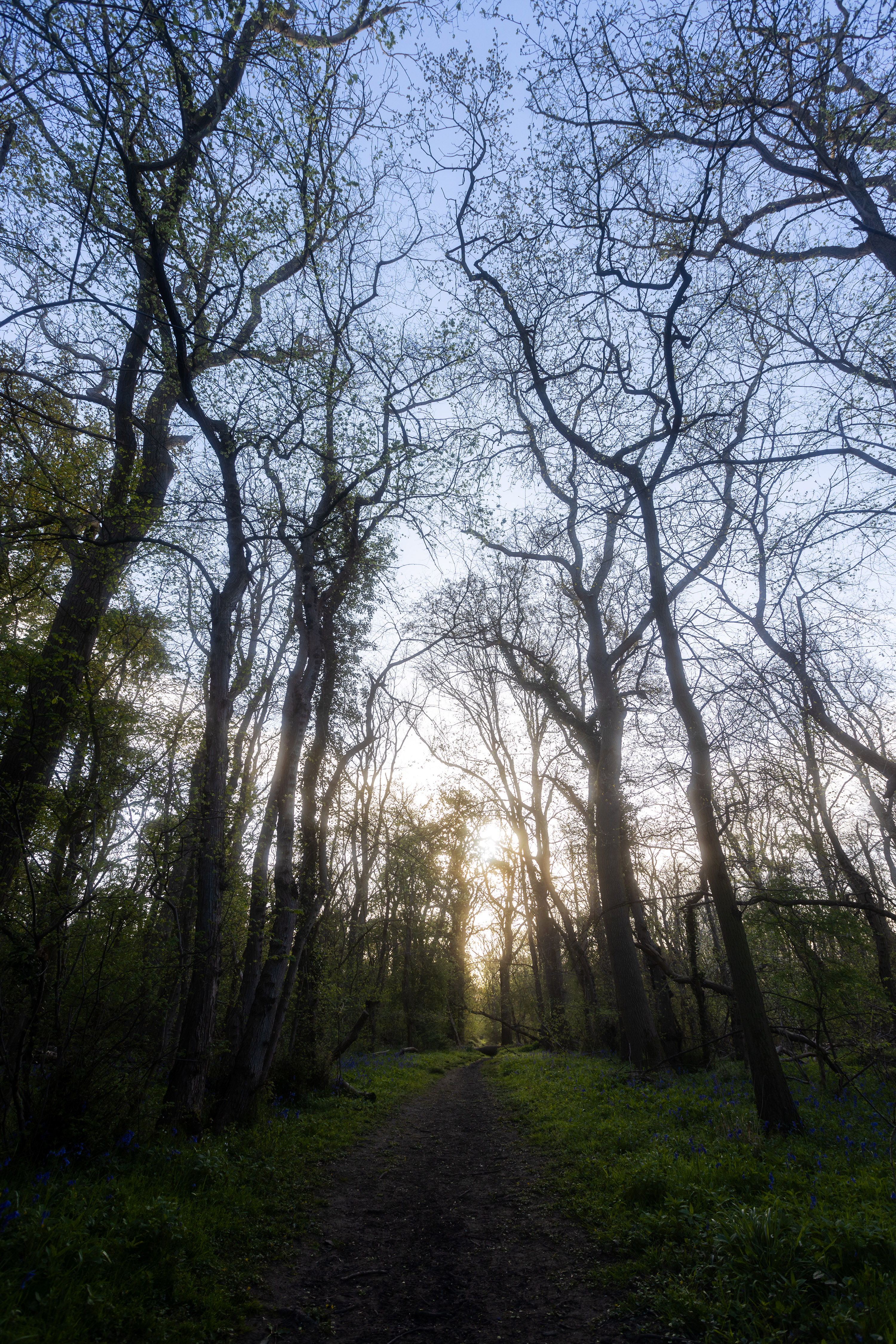
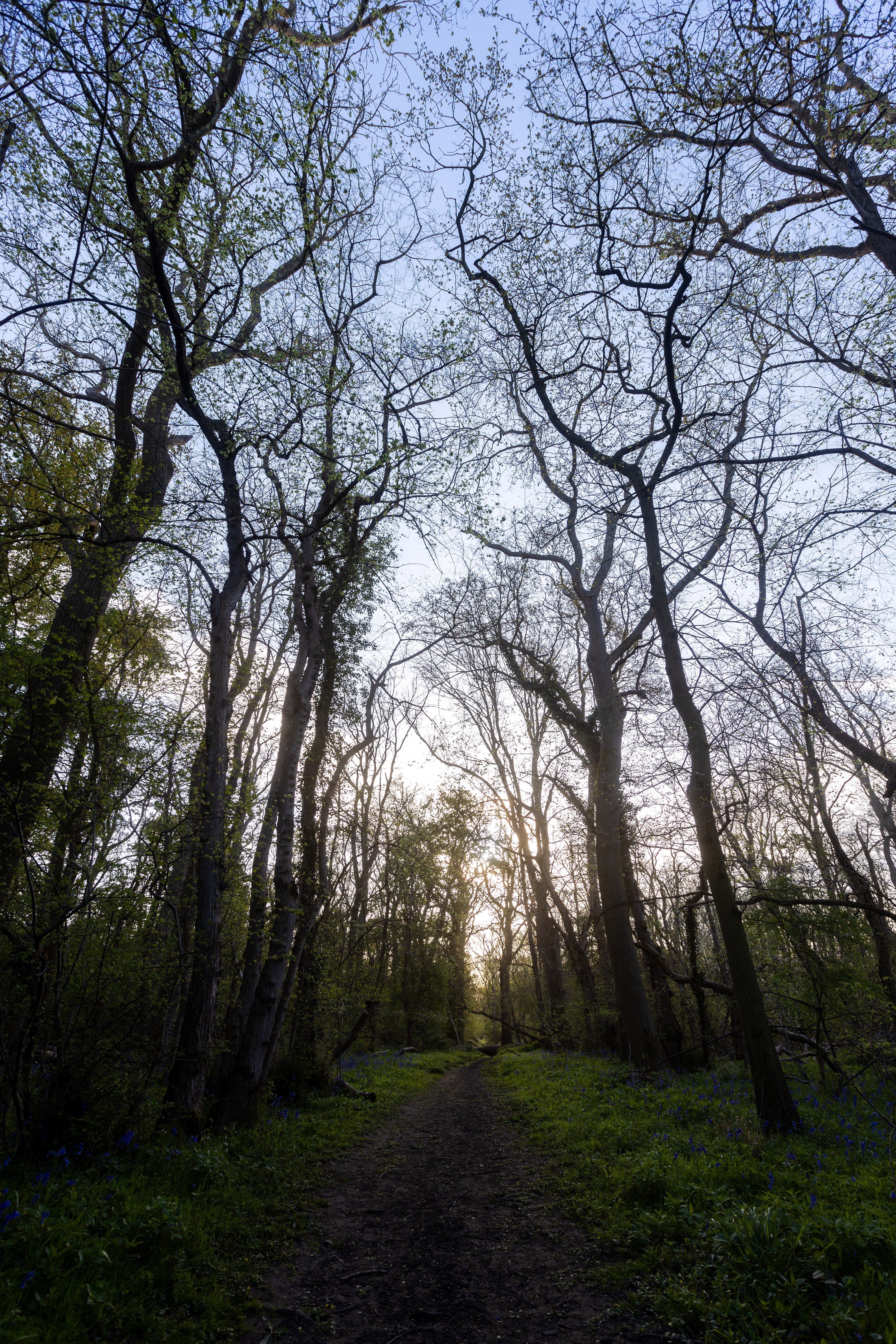
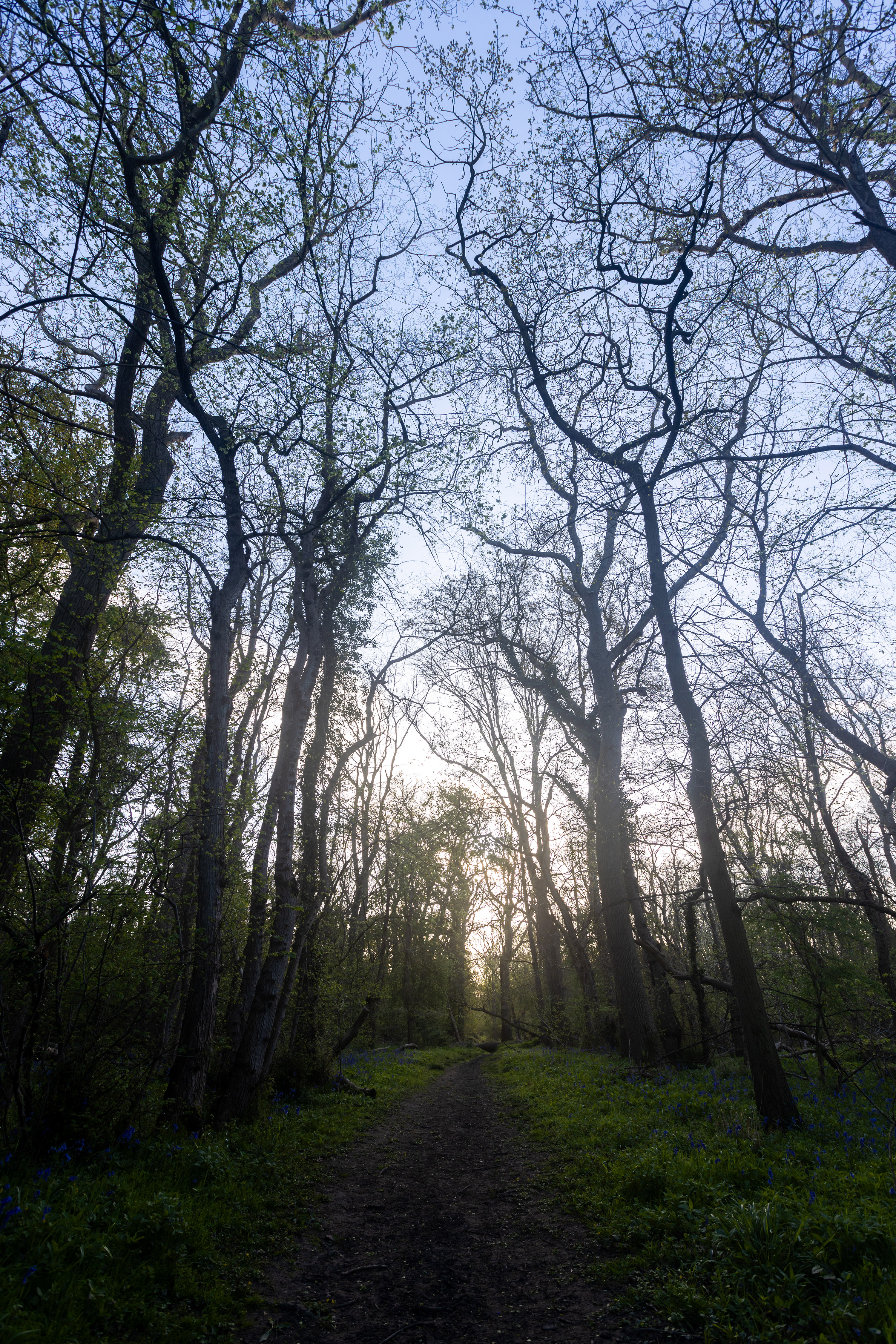
Verdict
Kenko's White Mist No.1 filter is in general a little more expensive than its Black Mist No.1 sibling, though we must caveat that prices from retailers do change regularly.
However, at this price point at the time of review, it is a little hard to justify going for the White Mist option when the Black Mist No.1 costs less and produces fairly similar results - you could even roll back on the Clarity, Saturation, and Dehaze sliders to mimic the vintage tones of the White Mist when using the Black Mist No.1 filter if you wanted to.
Overall, the White Mist No.1 undoubtedly impressed us with the same high premium Japanese build quality of its Black Mist No.1 and No.05 siblings, but for our money, the Black Mist No.1 would be the more versatile option if you could only choose one. That said, for enthusiasts of the vintage and retro filmic quality this filter will be a joy to use and we're sure you'll get plenty of use out of it. It would certainly be more cost-effective than shooting and developing film! With very affordable prices it'd also make a great gift for that photography lover in your life.







